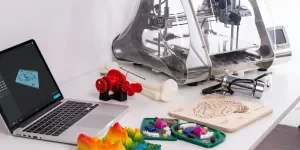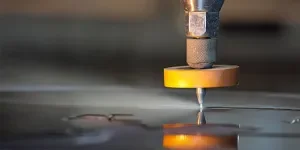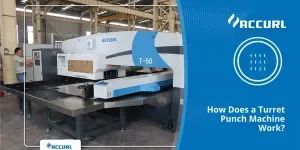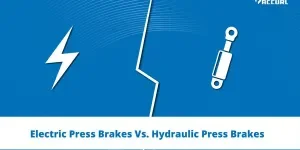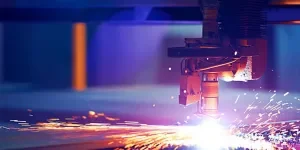3D printing has gone from an expensive and specialist job to a hobbyist’s or entrepreneur’s dream. Individuals the world over are investing in 3D printers to create art, replace hard-to-find pieces for all types of machinery, furniture, and more, and in some cases even build houses. However, when starting it is still necessary to buy a 3D printer suited to a beginner’s needs.
Table of Contents
What is 3D printing and when was 3D printing invented?
What can you do with a 3D printer?
What to look for when buying 3D printers for beginners
Why stock 3D printers now?
What is 3D printing and when was 3D printing invented?
Until 1981 printing was only ever two-dimensional, or 2D; a simple transfer of an image or text to a flat piece of paper or card. However, in 1981, Hideo Kodama created the first printer for three-dimensional, or 3D, prototypes. He achieved this by layering multiple 2D prints, or flat prints, on top of each other to build in 3 dimensions. Understandably, he and those who expanded on his invention protected this breakthrough with patents, making it inaccessible to most until the early 2000s.
From 2005, entrepreneurs took advantage of the patent expirations. They began creating affordable 3D printers, leading to a boom in building all sorts of 3D objects by layering and stacking 2D printed materials. They also expanded the types of materials that could be used, as well as the size of the printers and build plates for larger printing. This has led to a huge range of 3D printer applications for beginners and professionals alike.
What can you do with a 3D printer?
Although initially created to build prototypes quickly, efficiently, and for a low cost, today’s 3D printers produce high-quality prints using a wide array of materials for a broad range of applications. Some of the most common applications include:
- Prosthetics and implants: 3D printing has made tailored prosthetics, including limbs and teeth, affordable and quick to produce. Additionally, scanning and printing using CAD (computer-aided design) has meant better fit and comfort for patients. With developments in the materials used in printing, we may also see whole organs being 3D printed in the future.
- Replacement parts: 3D printing replacement parts cut down time and cost for those fixing machinery. Moreover, this can mean a longer life for older machines and vehicles since parts that are no longer in circulation can be printed.
- Shelters and other structures: Large printers are now being used to quickly and cheaply print shelters, hospitals, and other structures in disaster zones. They are also used to print small homes for the homeless and may even be used in space to avoid using a human workforce in a dangerous environment.
- Clothing: 3D printers can also print fabrics, meaning more custom fits and designs, and less material wastage. This niche is developing all the time as artists create new materials tailored to body movement and fashions.
- Educational materials and structures: 3D printers are also used to build 3D materials for schools, such as topographical maps, dinosaurs or characters, and more.
- Food: 3D printers can even tackle cells, with scientists now experimenting with printing edible meat and vegetables in labs using 3D printers. Less controversial may be the use of 3D printers to print customized pasta and intricate chocolate sculptures.
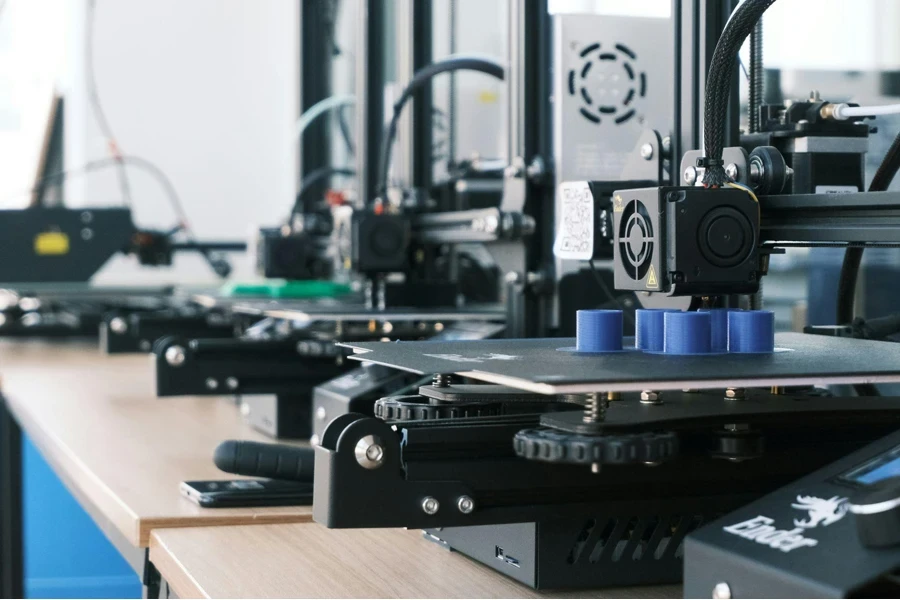
➕ Explore a wide range of 3D printers with low MOQs

What to look for when buying 3D printers for beginners
When stocking the best 3D printers for beginners, the first thing to know is “what is the purpose of this 3D printer?” The answer to this question will help determine price points, size, features, material requirements, and more.
For example, an entrepreneur looking to 3D print larger items for resale will need a bigger 3D printer with capabilities for a large build volume, as well as access to a broader range of printing materials and compatible software. A hobbyist looking to print 3D figurines or maps, meanwhile, may be happy with a user-friendly and cost-effective 3D printer with minimal printing materials and compatibility with low-cost software.
With the above in mind, this article will discuss the core features to look out for when purchasing the best starter 3D printers for beginners — for hobbyists and entrepreneurs.
Ease of use in 3D printers for beginners
Any good starter 3D printer should have user-friendly features and a simple printing process. This means an easily adjustable nozzle and build plate to get the correct levels for your print; simple methods to load and unload the filament; and compatibility with a variety of computers and easy-to-use software, such as Tinkercad or Blender. Remember to check that the software is compatible with both the printer and the desktop.
It should also have a user-friendly interface and easy-to-clean components such as the nozzle and extruder. Some of the best 3D printers for beginners have automated features, such as automatic print bed leveling to adjust the height of the nozzle and printing plate for the high-precision printing of small parts or larger objects. Auto-filament feeders will ensure the filament is easily pulled into the 3D printer by the extruder, stopping any interruptions during printing.
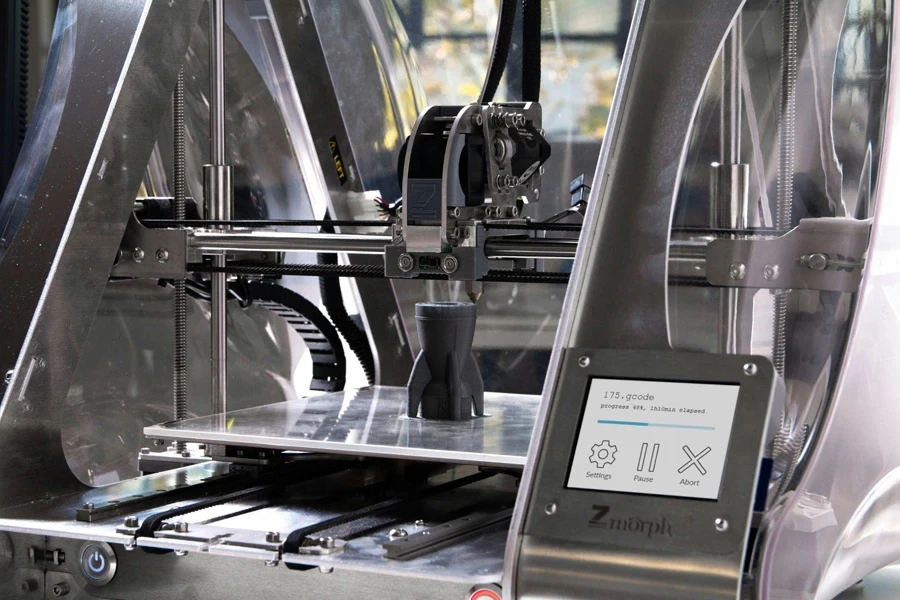
Low cost for entry-level 3D printers
It’s important to consider the cost of the 3D printer and the software you can use since a good starter 3D printer should be affordable. It is likely that when starting, 3D printer beginners will make mistakes or even break their printer, meaning demand for different price points as hobbyists go from newbies to connoisseurs of 3D printing. Some of the easiest 3D printers to use can cost as little as a few hundred dollars or up to a couple of thousand dollars, depending on the size and quality of the prints, as well as the materials being printed.
Additionally, when considering budget, users should factor in power costs; the hardware (PCs) and software (design) costs; post-production costs including printer cleaning and product finishing tools; and maintenance costs. Finally, material prices are very important to consider since some printing materials cost more than others.
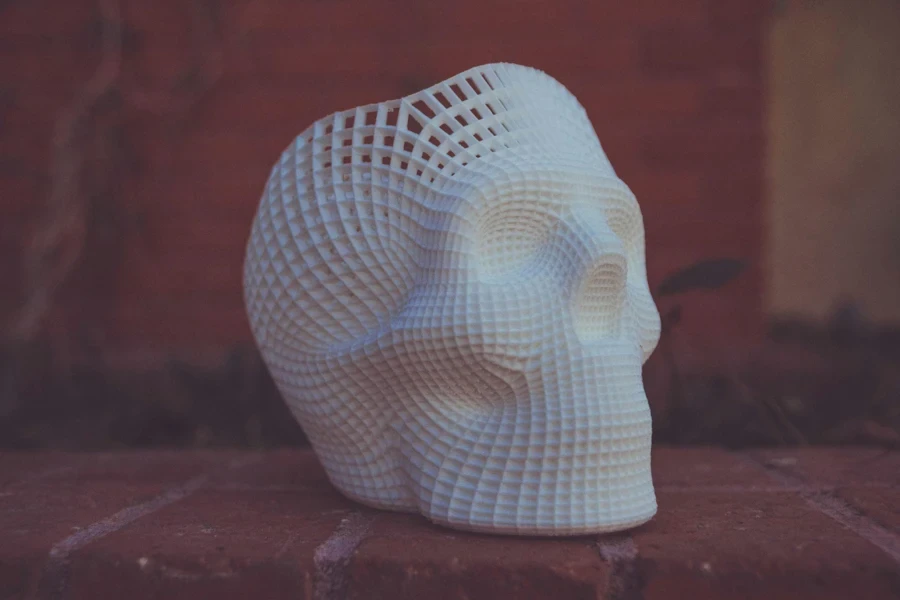
Printing material for good starter 3D printers
A newcomer to 3D printing will usually start with cheaper, harder materials to allow them to practice without making too much mess or spending too much money. For this reason, most of the low-cost and best 3D printers for beginners will work with rigid and easy-to-print thermoplastics like ABS, PETG, PLA, and Polyamide (Nylon). These materials are rigid and cheap, costing about $20 a spool, and can be extruded on most good starter 3D printers.
Despite these being the easiest and most affordable materials, some beginners may be starting their 3D printing adventure for a specific purpose, meaning they’ll need specific materials. ASA is a great material for printing outdoor objects due to its high heat and UV resistance; ceramic is great for pottery or art; metals can be great options for replacement parts; and resin is a good option for jewelry or items needing to be chemically resistant, such as medical apparatus. Some of the materials best used by more advanced users include PC and flexible materials as they are more difficult to print.
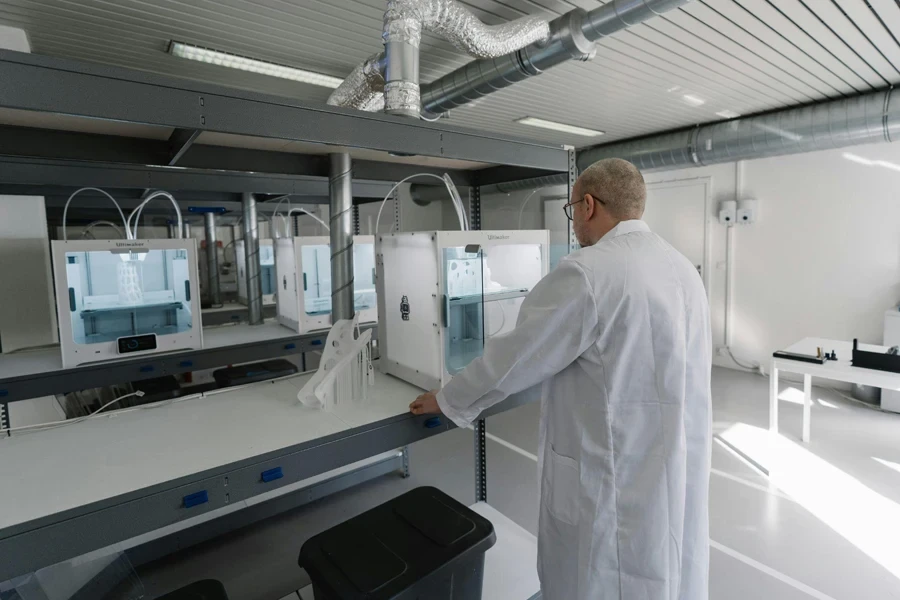
Safety features
Even with the easiest 3D printers, it is important to consider the safety features to avoid overheating or burning. Two features to look out for are protection against thermal runway and nozzle heating protection. This will help avoid the overheating of printer parts and even possible fire. However, as fires occasionally happen, it is wise to ensure that the 3D printer case is made from flame-retardant materials.
Another feature that can be helpful is gas absorption, since the chemicals in the different materials printed by 3D printers (especially plastics) emit gases that can have long-term health implications. For this reason, it is also important to print in well-ventilated areas and to use proper protective equipment.
Community and support
When new 3D printing enthusiasts buy one of the best starter 3D printers on the market, they often assume it will be the easiest 3D printer to use, but learners will always come across stumbling blocks. This is why it is important to offer 3D printers that offer a good support network and community.
Support and advice can be found on online platforms such as Reddit and Discord, as well as on manufacturer websites and their call centers. However, this is only possible if the 3D printer in question is well-known and has been sold multiple times. The more people own a certain 3D printer, the better support there will be for it, meaning these will be the best beginner 3D printers. The cheapest 3D printer may be tempting, but it will be useless if the user is stuck and unable to find support. Consider stocking popular user-friendly printers from manufacturers including Bambu Lab, AnkerMake, and Elegoo Mars.
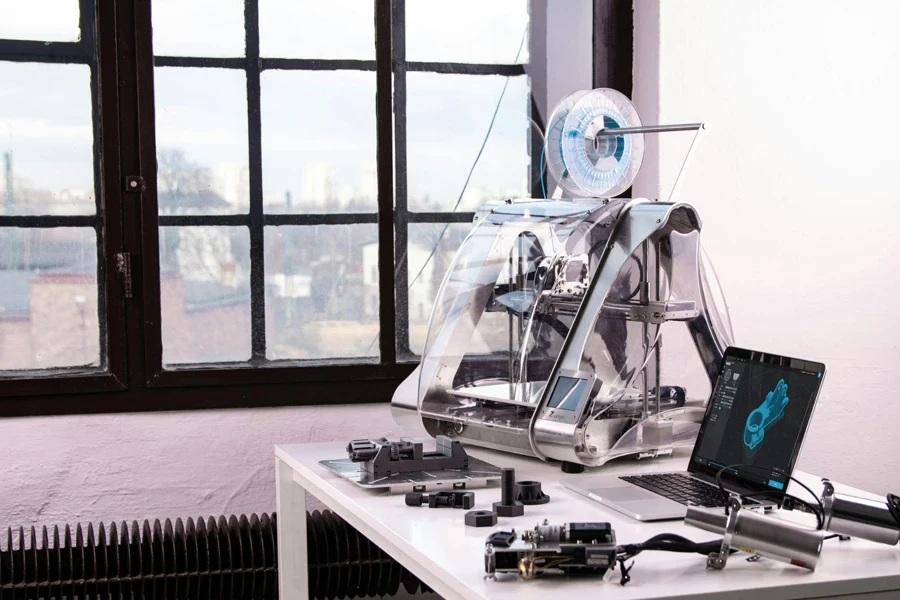
Why stock 3D printers now?
Thanks to decreasing costs and improved ease of use, 3D printers for beginners are rising steadily in popularity. They are now bought by at-home hobbyists, entrepreneurs, and businesses looking to benefit from the ease and speed of printing products, prototypes, or models. So much so, in fact, that the third quarter of 2023 showed record sales in 3D printers. The desktop 3D printer market is now expected to grow to $21 billion by 2030.
Since its advent in 1981, 3D printing has been inaccessible to most, whether due to patents, high costs, or difficulty of use. Today, as prices decrease and ease of use increases, 3D printing is finally reaching the masses. With sales of the best 3D printers for beginners predicted to rise steadily, now is the time to offer them.
